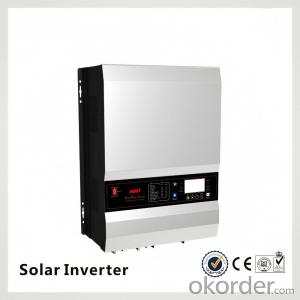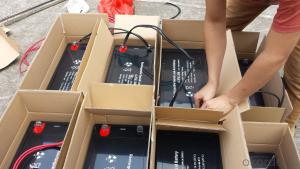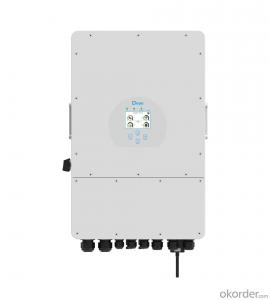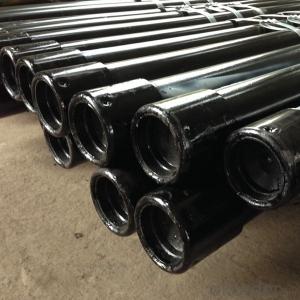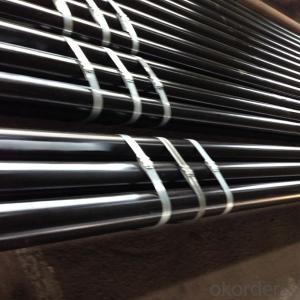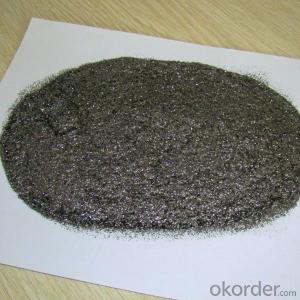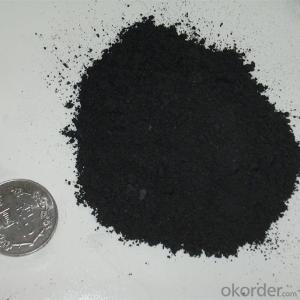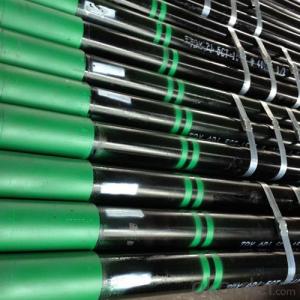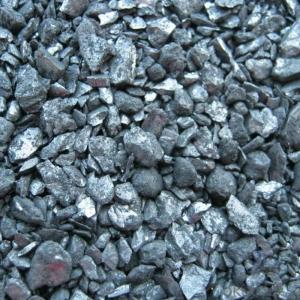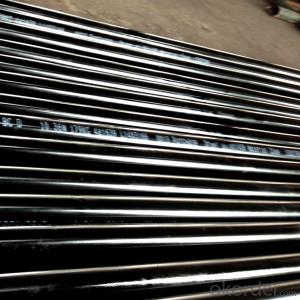Solar Hybrid Inverter Market
Solar Hybrid Inverter Market Related Searches
Global Solar Inverter Market Solar Inverter Market Size Solar Hybrid Inverter Solar Inverter Hybrid Solar Micro Inverter Market Inverter Solar Hybrid Hybrid Solar Inverter Solar Inverter Hybrid Price Hybrid Solar Power Inverter Solar System Hybrid Inverter Inverter Hybrid Solar Hybrid Solar Inverter Price Hybrid Inverter Solar Solar Panel Hybrid Inverter Buy Hybrid Solar Inverter Hybrid Solar Charger Inverter Best Solar Hybrid Inverter Smart Hybrid Solar Inverter Top 10 Solar Hybrid Inverter Best Hybrid Solar Inverter Solar Hybrid Inverter System Hybrid Inverter Charger Solar Top 10 Hybrid Solar Inverter Hybrid Solar Inverter System Hybrid Solar Inverter Charger Hybrid Inverter Solar Panel Solar Edge Hybrid Inverter Tesla Hybrid Solar Inverter Solar Solar Inverter Solar Pv Inverter MarketSolar Hybrid Inverter Market Supplier & Manufacturer from China
The Solar Hybrid Inverter Market encompasses a range of products that integrate solar power generation with energy storage and backup capabilities. These inverters are designed to optimize the use of solar energy by converting direct current (DC) from solar panels into alternating current (AC) for household or commercial use, while also providing a seamless transition to battery power during grid outages or low sunlight conditions. This innovative technology plays a crucial role in enhancing energy efficiency and reliability, making it an essential component in the growing renewable energy sector.The application and usage scenarios for solar hybrid inverters are vast, as they cater to both residential and commercial markets. In residential settings, these inverters enable homeowners to reduce their reliance on the grid, lower their electricity bills, and increase their energy independence. For commercial applications, solar hybrid inverters provide businesses with a reliable power source, ensuring continuity of operations even during power outages, and contributing to a greener, more sustainable business model.
Okorder.com is a leading wholesale supplier of solar hybrid inverters, boasting a large inventory that caters to the diverse needs of customers worldwide. With a commitment to quality and customer satisfaction, Okorder.com offers a comprehensive selection of solar hybrid inverters from reputable manufacturers, ensuring that buyers have access to the most advanced and reliable products in the market.
Hot Products


















